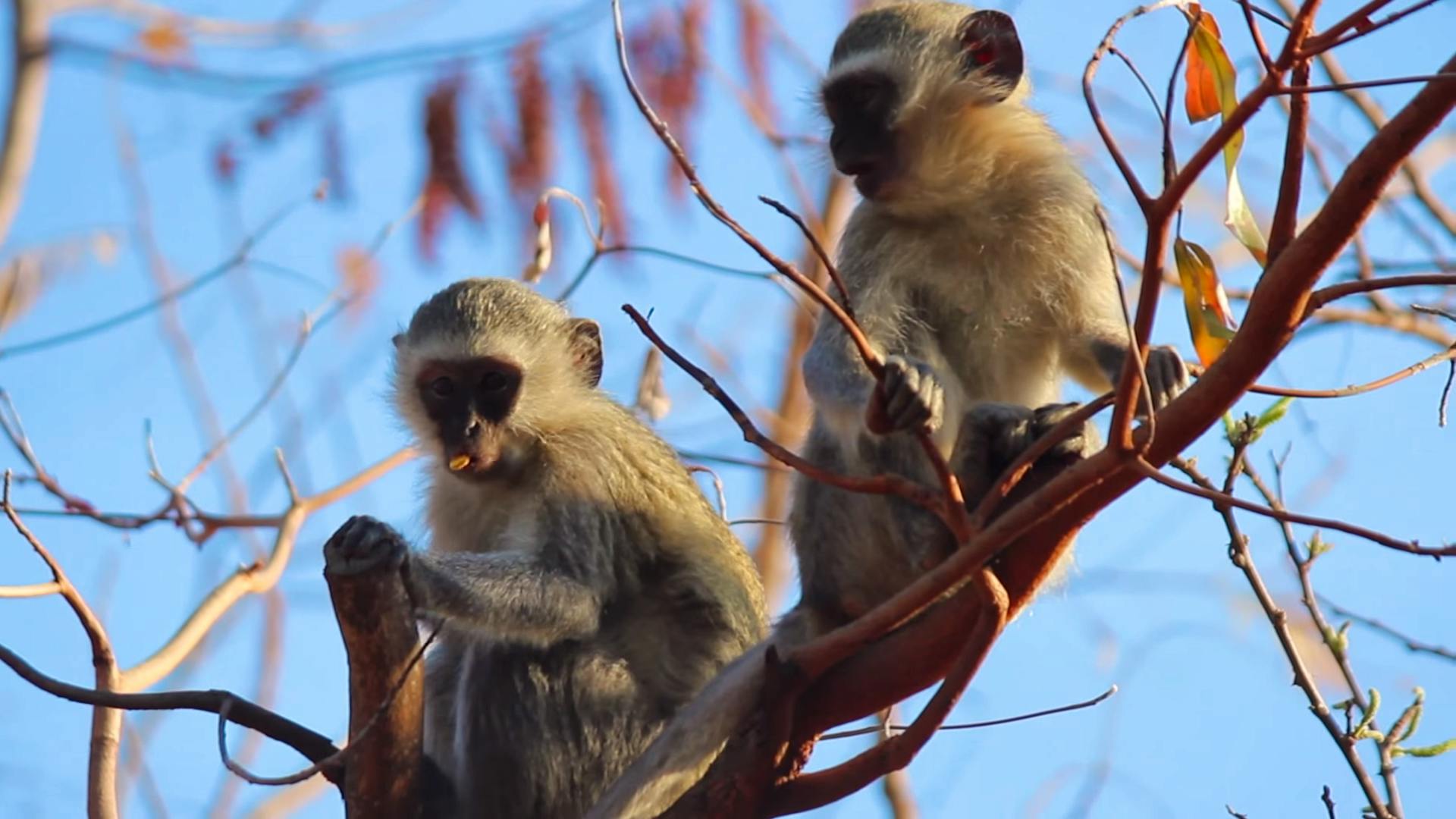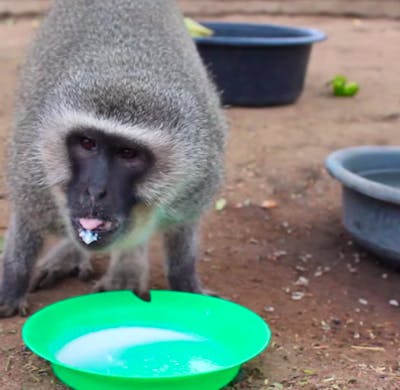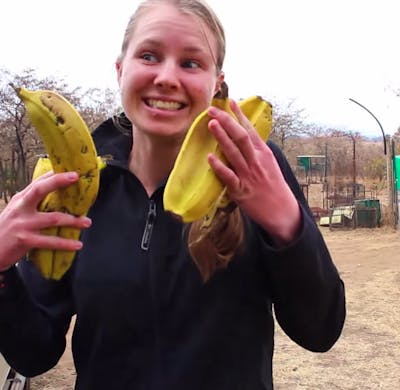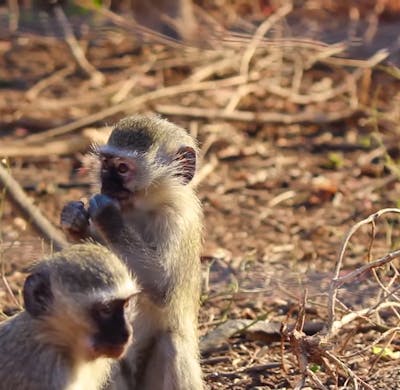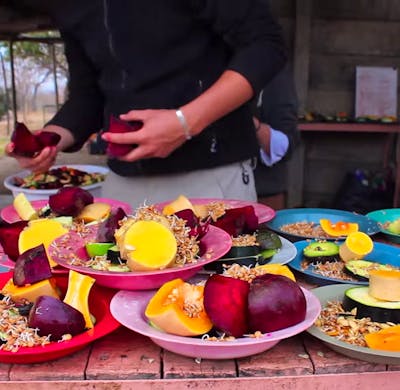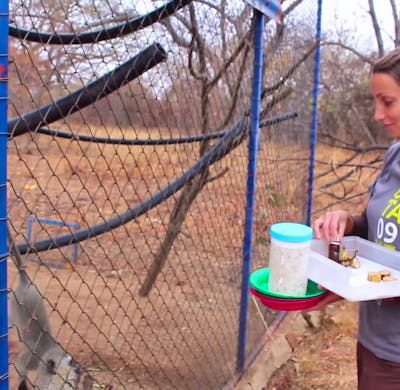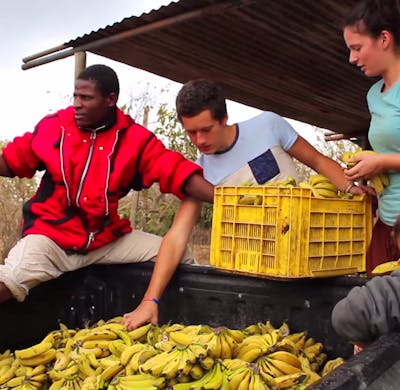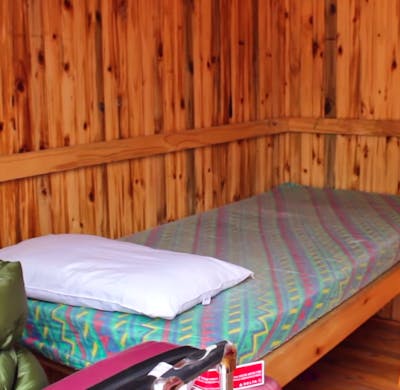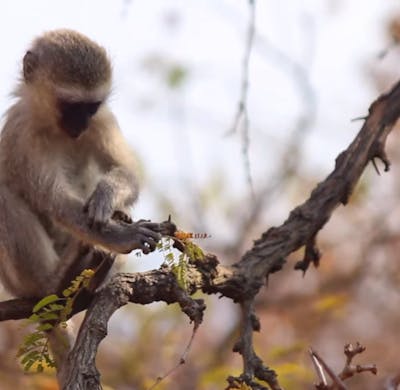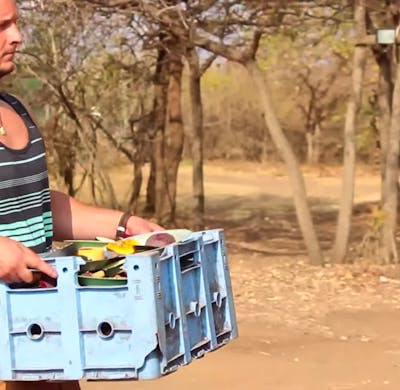History of Vervet Monkey Foundation
In 1989 the plight of the vervet monkey species in South Africa first came to light when an orphaned baby vervet monkey, only hours old was discovered. Enquiries to recognised authorities concerning the fate of such primates revealed that there were no facilities to provide for its care and welfare, instead they were told to kill the monkey because, such animals were regarded as vermin.
As environmentalists and humanitarians, they saw that the solution to this problem did not lie in euthanasing these orphaned primates but rather, the need for an organisation to provide a sanctuary for them and to holistically investigate what was in fact happening to this indigenous primate of South Africa.
It soon became apparent that very little was in fact known about this species. Most of the data available at that time was negative, contradictory, incomplete and inaccurate. This void was due to its classification as vermin, and this lack of knowledge had portrayed this indigenous primate in a very poor and negative light. At that time there was also very little information pertaining to the rehabilitation of this primate species. As conservationists they could see that the solution to this problem was not the senseless killing of these primates but the need for a programme incorporating:
- A facility to research the life style and environment of this species.
- A program to rehabilitate orphaned and injured primates.
- A program to research the claims of damage and problems caused by vervet monkeys and offer possible solutions for co-existence.
- An education program to inform the public of the role that the vervet monkey plays in the eco system.
- A sanctuary for primates unfortunate enough to be unreleasable but, manageable enough to be used for educational purposes.
As a high priority they began to research the possibility of rehabilitating these orphans and to develop a much needed rehabilitation programme and sanctuary where injured and miss-placed vervet monkeys would be humanely treated.
During the past decade the Foundation has developed a unique rehabilitation programme that has helped revolutionise the way in which primates are rehabilitated. Our enclosure designs are now utilised in similar primate projects. Fundamentally, the Foundation has saved and improved the lives of more than six hundred vervet monkeys. The foundation has also achieved many firsts in the rehabilitation of this primate species with the aid of volunteers, gap year students and primate carers.
About the Vervet Monkey Foundation
The Vervet Monkey Foundation operates the largest centre for vervets in the world. In 2006 we became a member of PASA (Pan African Sanctuaries Alliance) and is also a GFAS (Global Federation of Animal Sanctuaries) certified sanctuary.
During the past decade the Vervet Monkey Foundation has developed a unique rehabilitation programme that has helped revolutionise the way in which primates are rehabilitated. Our enclosure designs are now utilised in similar primate projects. Fundamentally, the Vervet Monkey Foundat has saved and improved the lives of more than six hundred vervet monkeys. The foundation has also achieved many firsts in the rehabilitation of this primate species with the aid of volunteers, gap year students and primate carers. TheVervet Monkey Foundation currently cares for over 500 monkeys and we take in many orphans each year.
With no government funding, the sanctuary depends on international volunteers to help care for the primates. Volunteering at the Foundation is probably the most beneficial as not only does your financial contribution go to aiding the monkeys but we have the extra needed hands to help with all the various ongoing tasks at the foundation.
Rehabilitation Programme for Vervet Monkeys
The Vervet Monkey Foundation has over many years developed and pioneered a new approach to the rehabilitation of orphaned vervet monkeys. In 1998 we announced our unique rehabilitation programme that incorporated the use of large electrified enclosures that are natural, and by using introduction enclosures, we had formed within this natural system, large viable troops, that would be re-introduce into protected vervet forest reserves.
Our rehabilitation centre is designed to handle orphaned vervet monkeys of all ages and more specifically designed to cope with large numbers of babies that become orphaned each year this has been made possible with international volunteers and gap year students getting involved . Babies are easily assimilated into our programme and we try to get as many of them out of the hands of the public and into our care. To date, we have successfully rehabilitated hundreds of babies. They were rehabilitated and raised within a natural environment and retained a high degree of their natural fear of humans.
Our programme can return an orphaned baby monkey back into a wild state in four to eight weeks, this is achieved by introducing a baby to a female in one of our resident troops living in natural environments at our centre.
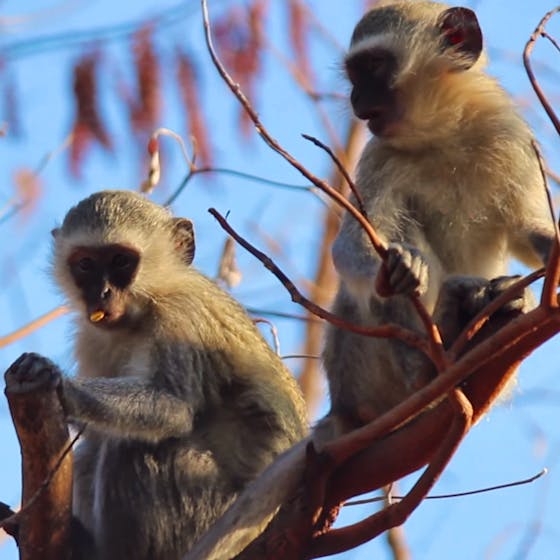
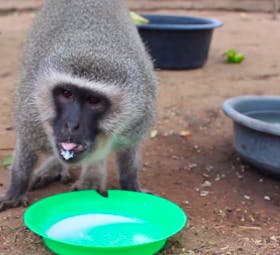

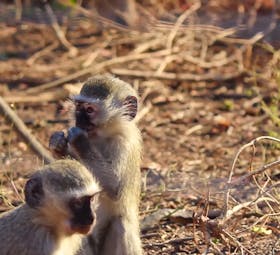
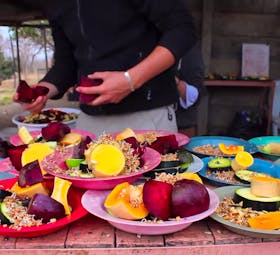
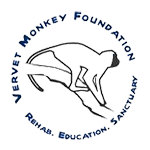
 4.8
4.8

